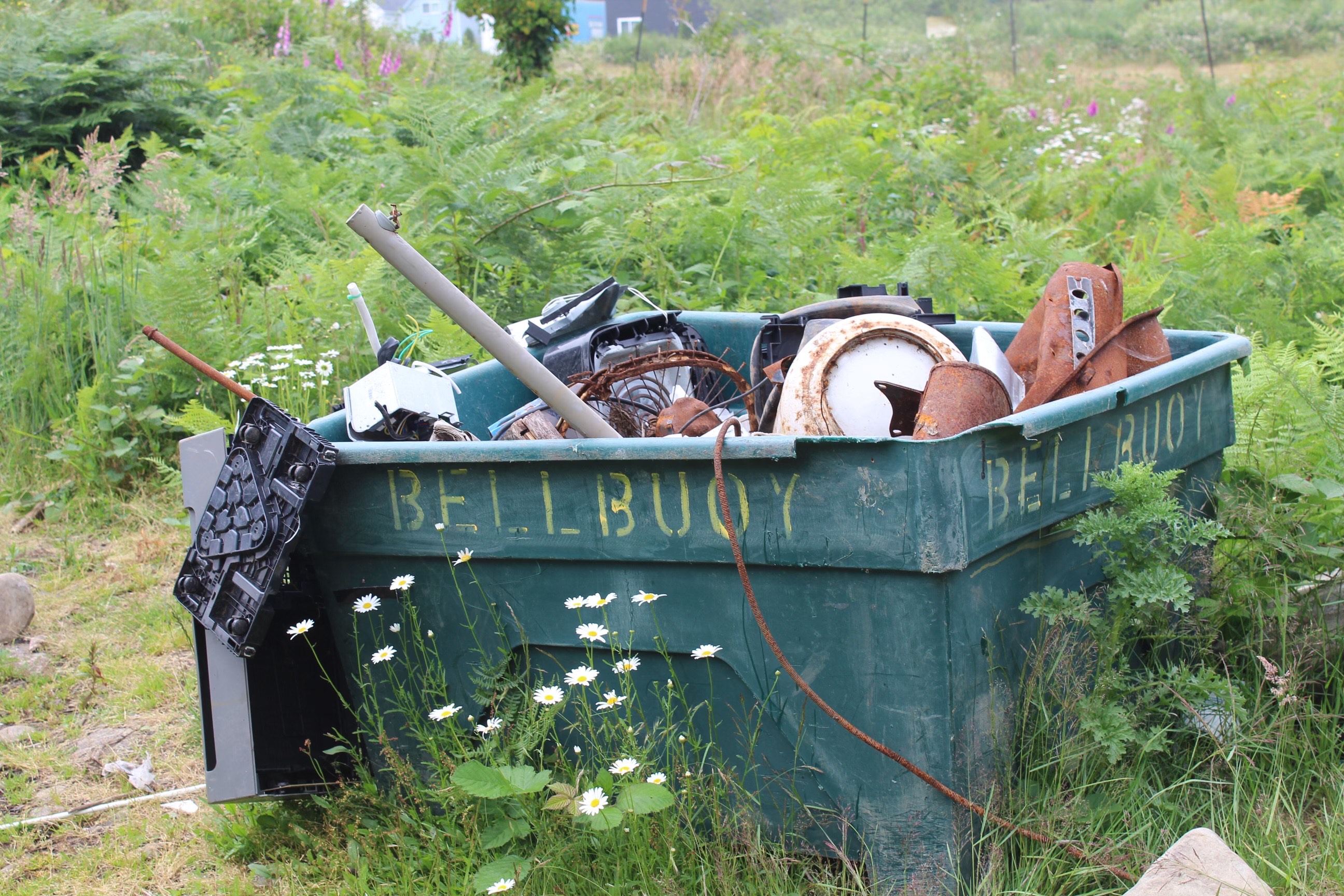Washington court: Fish and Wildlife can regulate land to protect fish
Published 12:21 pm Saturday, December 29, 2018
Washington’s Department of Fish and Wildlife can regulate construction on dry land if the agency decides fish may be affected, the state Supreme Court ruled unanimously in December.
The court rejected a lawsuit by five counties that alleged the department was overstepping its authority by requiring local governments to get permits from the agency to build and maintain bridges that span but do not touch water.
More broadly, the decision affirms the Department of Fish and Wildlife’s jurisdiction over a host of activities on public and private land, such as clearing brush, maintaining dikes and stabilizing riverbanks. Critics, including some farm and landowner groups, say the department’s reach threatens the use of private property.
“The jurisdiction has become unlimited,” Cindy Alia, a lobbyist for Citizens Alliance for Property Rights, said. “Fish and Wildlife’s jurisdiction can go clear to the mountaintop.”
The lawsuit stemmed from rules the Fish and Wildlife Commission adopted in 2015 to enforce the state’s hydraulic code, a 75-year-old law that directs the agency to police construction to protect salmon and fish habitat.
Counties argued the rules unlawfully extended the department’s authority beyond the water’s edge. The counties warned, in court documents, that the rules could justify stopping projects based on considerations such as climate change. More prosaically, the counties said they didn’t want to have to obtain a permit from the department every time they repaved a bridge, repaired a guardrail or repainted white lines.
The Department of Fish and Wildlife argued that lawmakers directed them to protect fish and that projects on land could remove stream-protecting vegetation, and put chemicals and sediment in water. The department said the law and other regulations limit its authority to block construction.
The court agreed with the department’s more expansive application of the law. Writing for the court, Justice Susan Owens said the Department of Fish and Wildlife can require permits for upland projects and doesn’t have to be absolutely certain the project will affect fish, only reasonably certain.
“And we defer to the department’s expertise in determining which projects meet that standard,” she wrote.
The law says the department must approve projects that “will” alter waterways. Owens said the word means the same as “may.”
Justices Sheryl Gordon McCloud and Steven Gonzalez agreed that the department should regulate projects on land. But they wrote a separate opinion stating they couldn’t agree that “will” is synonymous with “may.”
Several Indian tribes supported the Department of Fish and Wildlife’s position by submitting written arguments to the Supreme Court. The tribes argued that overturning the department’s rules would end the state’s longstanding regulation of construction projects to protect fish.
In recent years, the Legislature has considered but never passed bills to limit the Department of Fish and Wildlife’s authority over projects that touch water. In 2017, the Republican-controlled state Senate passed a bill to create a task force to study the issue. The bill did not move in the Democratic-controlled House. Democrats will control both chambers during the 2019 session.
“There’s no realistic chance they will make a change we could support,” said Tom Davis, the director of government relations for the Washington Farm Bureau.
Department of Fish and Wildlife biologists have generally done a good job of applying the hydraulic code, but the Supreme Court ruling may encourage more restrictions, particularly with the push to increase fish runs to feed orcas, Davis said. “To what degree will they go for orca recovery?”
Douglas, Kitsap, Lewis, Pierce and Spokane counties brought the challenge to the Supreme Court.









